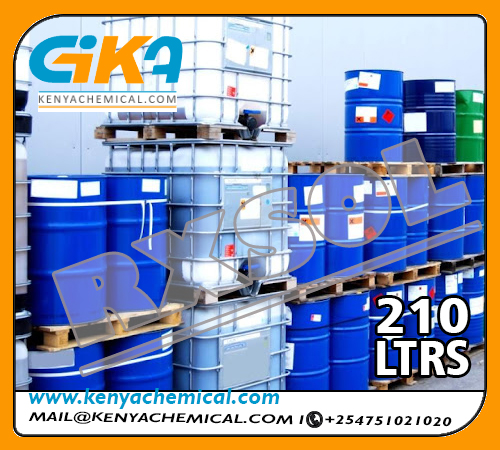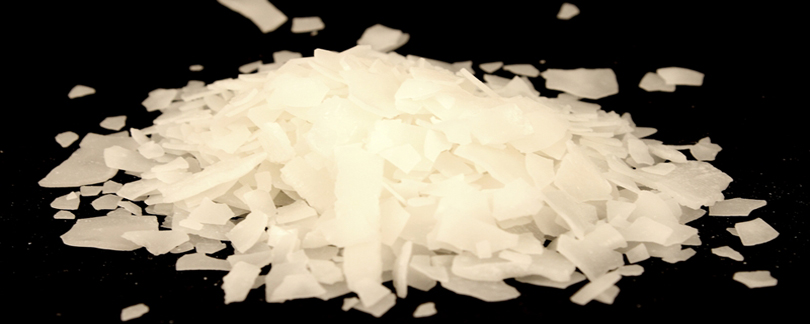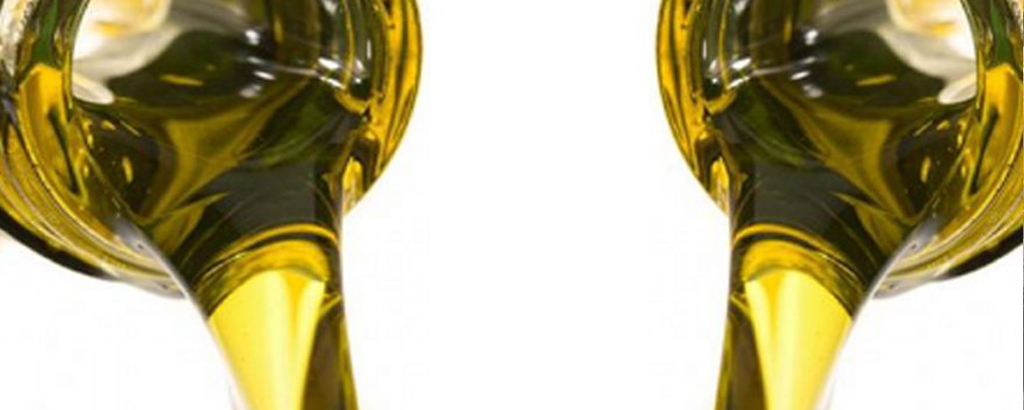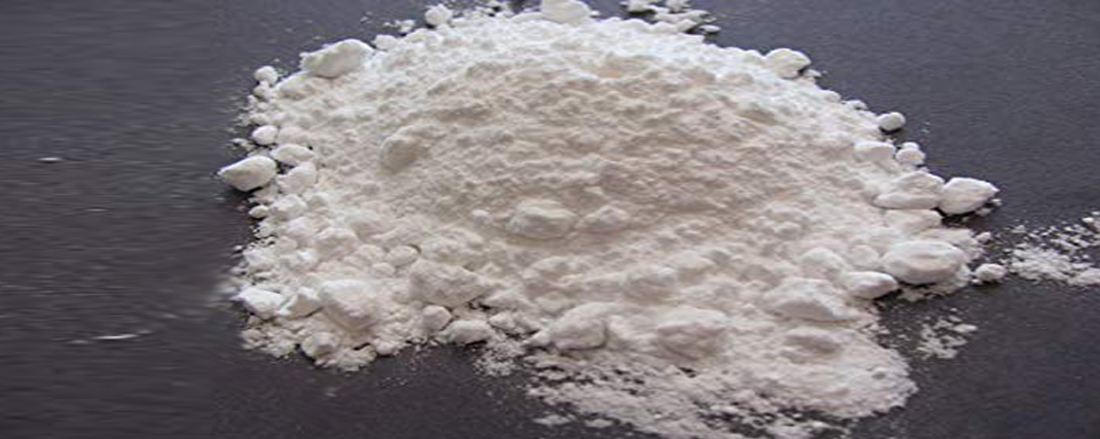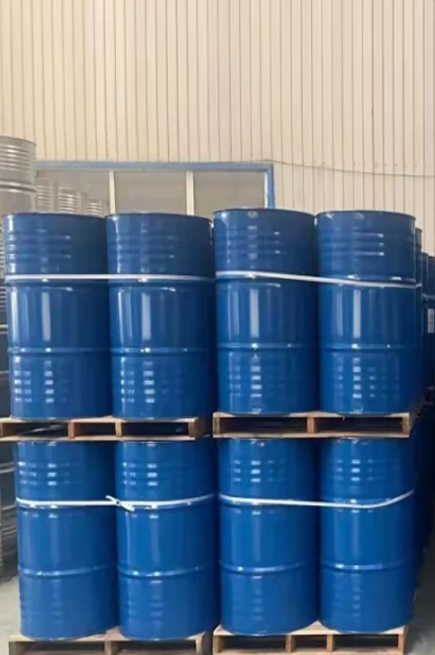BENZOIN FOR SYNTHESIS, BENZOIN
Benzoin for synthesize, by using the sodium carbonate, potassium carbonate, sodium bicarbonate, potassium bicarbonate and other cheap strong alkali weak acid salts as alkaline reagents, the benzaldehyde is subjected to benzoic condensation reaction under the catalytic action of the VB1 to synthesize the benzoin.
The main uses of benzoin are as a precursor to benzil, which is a photoinitiator The conversion proceeds by organic oxidation using copper(II), nitric acid, or oxone.
Benzoin can be used in the preparation of several pharmaceutical drugs including oxaprozin, ditazole, and phenytoin.
| Physical state at 20 °C : | Solid |
| Odour threshold : | No data available |
| pH value : | No data available |
| Relative evaporation rate (butylacetate=1) : | No data available |
| Melting point : - | 1 °C |
| Freezing point : | No data available |
| Boiling point : | 344 °C Flash point : No data available |
| Auto-ignition temperature : | No data available |
| Decomposition temperature : | No data available |
| Flammability (solid, gas) : | No data available |
| Vapour pressure : | 1.1 mm Hg at 135.60C |
| Relative vapour density at 20 °C : | No data available |
| Relative vapour density at 20 °C : | No data availableI |
| Relative density : | No data available |
| Solubility : | Water: Slightly soluble in water |
| Log Pow : | No data available |
| Viscosity, kinematic : | No data available |
| Viscosity, dynamic : | No data available |
| Explosive properties : | No data available |
| Oxidising properties : | No data available |
| Explosive limits : | No data available |
The reaction is helpful in the synthesis of heterocyclic compounds and also extends to the aliphatic form of aldehydes.
Benzoin Condensation is a coupling reaction between two aldehydes that allows the preparation of α-hydroxyketones

